The Australian destroyer that was a British movie star
(and the day Noel Coward
played the piano aboard HMS Warspite)
The Royal Navy destroyer Nepal was transferred to Royal Australian Navy during WW2 and 75 years ago was committed to action off Okinawa with RN’s Task Force 57, the latter being the spearhead of the British Pacific Fleet (BPF) engaged in the final phase of the war against Japan.
Around three years earlier HMAS Nepal was used to depict ‘HMS Torrin’ in the David Lean/Noel Coward movie ‘In Which We Serve’. While possibly a bit too plummy and ‘gor blimey Mrs’ for modern tastes, it is one of the classic films about the war at sea and does accurately reflect many things.
Although designed to boost public morale, ‘In Which We Serve’ did not avoid depicting the hard knocks at sea & ashore, including the Luftwaffe’s blitz of the naval dockyard city of Plymouth in the south of England.
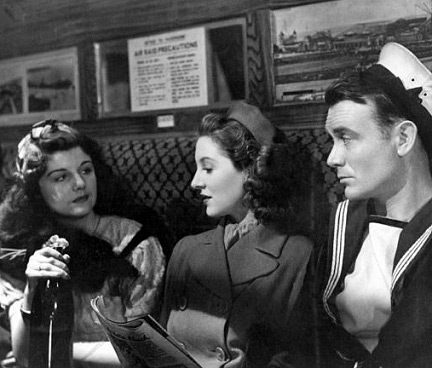
A still from the movie ‘In Which We Serve’ showing ‘HMS Torrin’ rating ‘Shorty’ Blake (John Mills, right) on a train.
Coward’s character (Captain E.V. Kinross, CO of the ‘Torrin’) is based on his friend Louis Mountbatten, who commanded a destroyer flotilla in the early part of the war. John Mills and Richard Attenborough also put in good turns as sailors, along with Bernard Miles as a senior rating. Like other warships in old British war movies, ‘HMS Torrin’ is a Devonport Division vessel. The studio mock-up of the destroyer is pretty impressive but locations around Devonport Dockyard were used for filming.
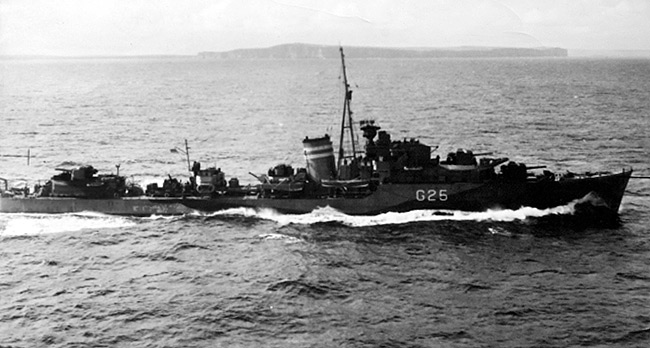
HMAS Nepal, a WW2 Royal Australian Navy destroyer that was used as ‘HMS Torrin’ in the Noel Coward/David Lean movie ‘In Which We Serve’. Photo: Iain Ballantyne collection.
The real ship was HMS Kelly, Mountbatten’s famous flotilla leader – sunk in the eastern Med, like the ‘Torrin’. The Kelly was a pretty new ship, commissioned into the fleet less than a fortnight before Britain declared war on Germany in September 1939, after Hitler sent his troops into Poland. The sinking of the Kelly, by air attack on 23 May 1941, came while she was covering the evacuation of Crete.
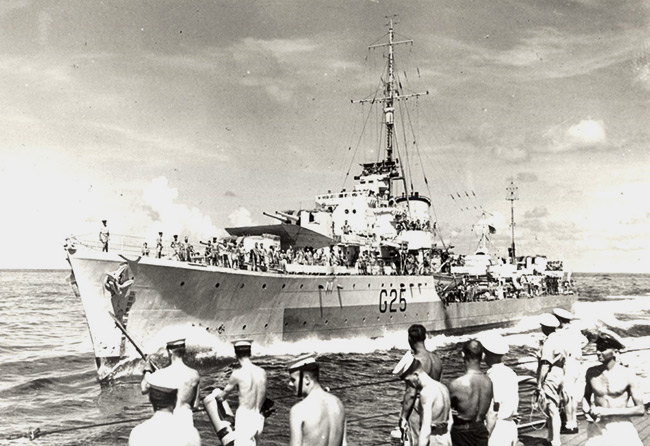
The Royal Australian Navy destroyer HMAS Nepal (furthest) about to conduct a transfer with another warship (foreground) in the Pacific during WW2. RAN image.

Cover of The Criterion Collection blu-ray of Noel Coward’s ‘In Which We Serve’.
Just over year later the production of ‘In Which We Serve’ got underway. That David Lean was at the directing helm – sharing duties with Coward, who also wrote the script – adds a great deal to the visuals. You can tell Lean is at work due to the masterful execution of various sequences and with excellent cinematography by Ronald Neame. It all looks crisply glorious in its restored Criterion Collection HD version
The episode in which Torrin fights enemy surface ships in the North Sea, and has her bows blown off – but makes it back to port – is a superb piece of silver screen naval action. It is very similar to real events during the battle for Norway, in May 1940 that saw HMS Kelly sustain heavy damage from a torpedo hit, but still sailed home.
As an aside, I have included here an image of Noel Coward playing the piano aboard HMS Warspite, to entertain her sailors and Royal Marines while the battleship was in port at Malta in August 1943. It was used in my book ‘Warspite’ (Pen & Sword Books)
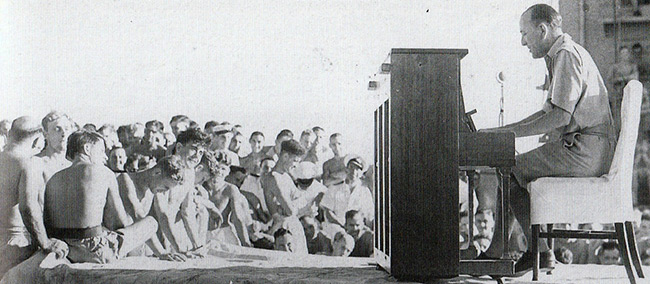
In this photograph from ‘Warspite’ (Pen & Sword Books) we see Noel Coward entertaining the men of the battleship HMS Warspite, at the time (August 1943) in harbour at Malta. Photo: C. Pearson Collection.
The CO of Warspite, Captain Bertie Packer, had just seen ‘In Which We Serve’ (released in UK cinemas at the end of 1942) and, on hearing Coward was on the island to entertain the troops, sent a note to him. Packer asked Coward if there was a copy of the movie available that could be shown to his ship’s company. Coward not only sent across a print of the movie, but also visited the battleship and gave an impromptu concert on the upper deck.
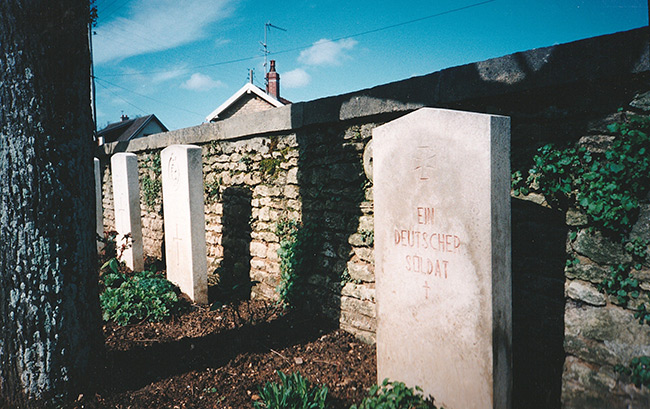
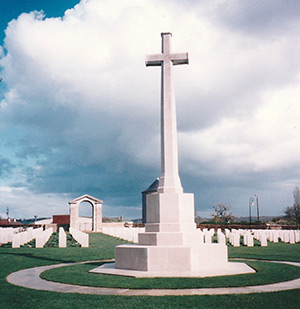
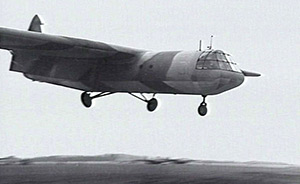
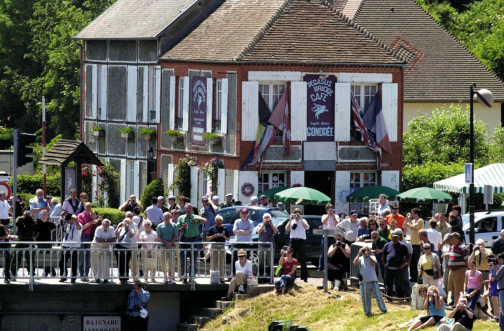
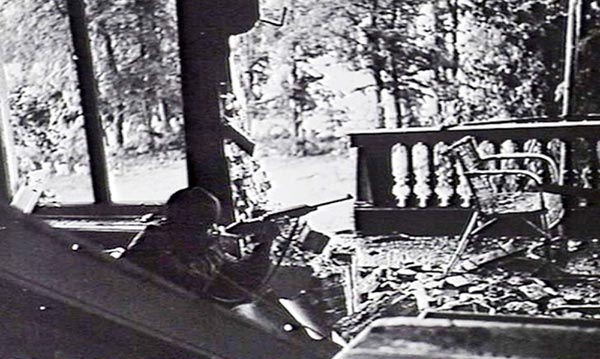
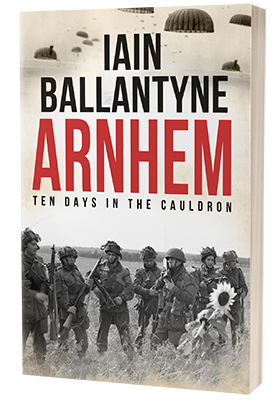 “This weekend I finished reading Iain Ballantyne’s book ‘Arnhem: Ten Days in The Cauldron’ and felt as if I had relived the entire battle again,” said Jan.
“This weekend I finished reading Iain Ballantyne’s book ‘Arnhem: Ten Days in The Cauldron’ and felt as if I had relived the entire battle again,” said Jan.